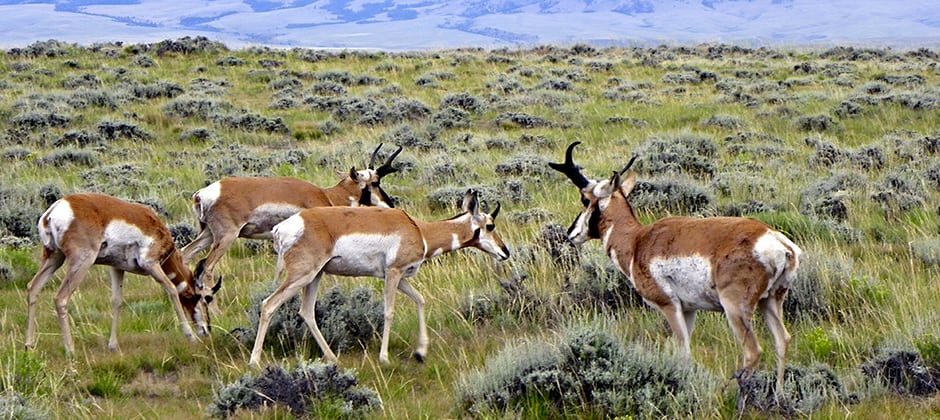Share this article
Bill introduced to establish a system of wildlife corridors
The Wildlife Corridors Conservation Act of 2019 (S. 1499/H.R. 2795) was introduced last week in both the House and Senate, which would establish a national system of wildlife corridors to provide long-term habitat connectivity and help restore previously disrupted wildlife movements.
Introduced by Sen. Tom Udall, D-N.M., and Rep. Don Beyer, D-Va., the legislation would give federal land management agencies the authority to designate National Wildlife Corridors on federal lands, which would “create a comprehensive corridor network that would boost biodiversity, protect ecosystems, and help safeguard America’s most iconic species from a mass extinction crisis,” according to a press release from the lawmakers.
It would also establish a Wildlife Movement Grant Program to fund conservation projects encouraging natural wildlife movement on state, tribal and private lands. These regional priority projects would be identified by Regional Wildlife Movement Councils established under the act and composed of members from state agencies, tribes, private landowners and others.
Under the bill, a National Coordination Committee, composed of the heads of relevant federal agencies, representatives from states and tribes and other experts, would develop a national plan for wildlife movement and work to improve coordination between national wildlife corridors on federal lands and conservation plans of states, tribes and voluntary landowners identified by the regional wildlife movement councils. It also calls for a collaboratively developed wildlife connectivity database, which would be used to inform wildlife corridor planning decisions across the U.S using evidence-based approaches.
The subject of wildlife corridors has been gaining traction in recent years. This corridors bill was previously introduced during the last two sessions of Congress, although it never advanced to a vote. In early 2018, former Secretary of the Interior Ryan Zinke issued a secretarial order on the topic, which aimed to improve habitat quality and western big game winter range and migration corridors for antelope, elk and mule deer in the West. Recently, the Department of Interior issued over $2 million in grants to implement the order.
States have also been active in addressing habitat connectivity, both in conjunction with Interior’s efforts and through state-level legislation and initiatives.
Header Image: Pronghorn appear (Antilocapra americana) in Wyoming, where protecting their migration routes has been a priority in recent years. ©J. Stephen Conn








